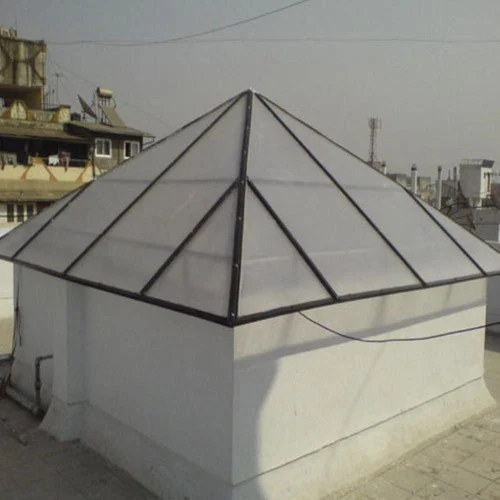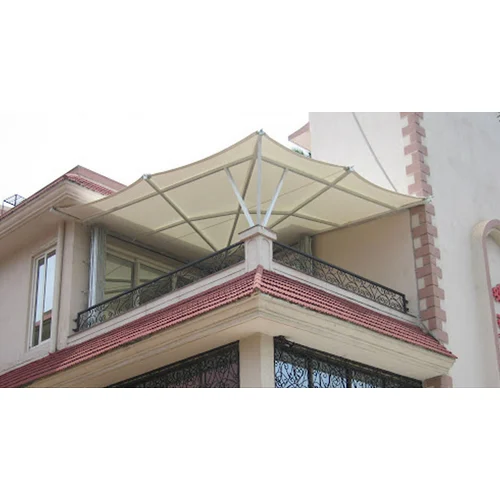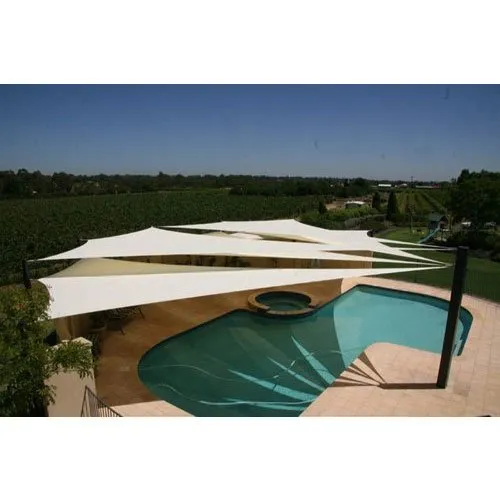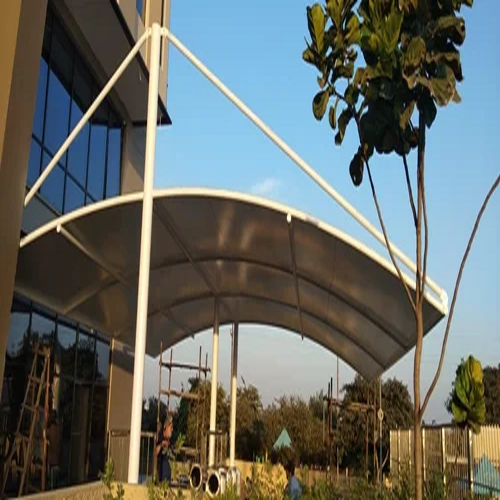Roof Shed
Roof Shed: A Practical and Versatile Solution for Sheltered Spaces
Introduction to Roof Sheds
A roof shed is a versatile and practical structure designed to provide shelter, protection, and storage solutions for various needs. It typically features a sloping roof and open or partially enclosed sides, making it ideal for a wide range of applications, including outdoor storage, carports, gardening spaces, and even industrial uses. Roof sheds are commonly made from materials such as metal, wood, or durable plastic, and they are used in residential, commercial, and industrial settings.
The primary purpose of a roof shed is to protect items from weather conditions such as rain, snow, and intense sunlight while maintaining easy access and ventilation. Roof sheds can vary in size, design, and functionality, depending on the specific requirements of the space or the materials being stored.
Key Components of a Roof Shed
-
Roof Structure: The roof is the most crucial part of any roof shed, as it provides the necessary protection from the elements. Roofs are often made from metal sheets, corrugated steel, or polycarbonate panels, and are designed to be durable and weather-resistant. The roof slope is also an important design consideration, as it allows for proper water drainage, preventing water from pooling on the surface.
-
Frame: The frame is the underlying structure that supports the roof and any walls or partitions. It is typically made from steel, aluminum, or wood, depending on the intended use and aesthetic preferences. A strong, durable frame is necessary to ensure the shed remains stable and secure during adverse weather conditions.
-
Walls and Partitions: While some roof sheds have open sides for easy access and ventilation, others may include partial or full walls. These walls can be made from materials like metal, wood, or mesh, depending on the level of protection and privacy required. Some roof sheds may feature sliding doors or roll-up panels for convenient access.
-
Foundation and Flooring: The foundation of a roof shed is essential to ensure stability. It may consist of a concrete slab, gravel, or a leveled dirt base. The flooring, if included, can be made from concrete, wood, or asphalt, depending on the storage needs. The flooring helps keep stored items off the ground and adds to the overall durability of the structure.
-
Ventilation: Good ventilation is essential in a roof shed, especially for sheds used to store tools, equipment, or gardening supplies. Proper airflow prevents the buildup of moisture and reduces the risk of mold and mildew. Ventilation can be achieved through mesh panels, open sides, or vents built into the structure.
Advantages of Roof Sheds
-
Cost-Effective: Roof sheds are generally more affordable to build than permanent buildings or garages. The materials used for roof sheds are relatively inexpensive, and the construction process is quicker and simpler. Additionally, roof sheds require minimal maintenance, reducing long-term costs.
-
Quick and Easy Installation: Roof sheds can be installed relatively quickly, especially if pre-fabricated kits are used. These sheds can be assembled with minimal effort and time, providing an efficient and convenient solution for those in need of immediate shelter or storage space.
-
Durability and Weather Protection: Roof sheds are designed to withstand a range of weather conditions, including rain, snow, and harsh sunlight. The roof materials, such as metal or polycarbonate, are highly durable and resistant to damage, offering long-term protection for stored items. The sloped design of the roof ensures proper water drainage, preventing water damage and leaks.
-
Versatility: Roof sheds are highly versatile and can serve a wide variety of purposes. They can be used for vehicle storage (carports), garden equipment storage, outdoor workspaces, or even as shelters for animals like livestock or pets. The open design allows for easy access, and the shed can be customized based on the user's specific needs.
-
Aesthetic Appeal: Roof sheds are available in a range of designs and materials, allowing them to blend with the surrounding environment. Whether you prefer a rustic wooden shed, a sleek modern metal structure, or a transparent polycarbonate option, a roof shed can complement the architecture of a home or business and enhance the overall aesthetic of an outdoor space.
-
Space Efficiency: Roof sheds maximize usable space by offering shelter without requiring a full enclosure. This makes them an excellent choice for small properties or those needing additional storage or workspace without consuming too much land area.
Applications of Roof Sheds
Roof sheds are used for a variety of purposes, and their flexible design makes them suitable for many different types of spaces:
-
Outdoor Storage: Roof sheds are commonly used for storing tools, gardening equipment, bicycles, and other outdoor items that need protection from the weather. With the right amount of ventilation and access, they provide a safe, dry space for long-term storage.
-
Carports: A carport is a type of roof shed designed to shelter vehicles. It can be used to protect cars, trucks, or boats from rain, snow, and sunlight. Carports come in a variety of sizes and styles, from single-car structures to large, multi-car shelters. They are an affordable alternative to building a full garage.
-
Workshop or Utility Space: Roof sheds can also be used as small workshops, utility rooms, or outdoor workspaces. These sheds offer a sheltered environment for DIY projects, repairs, or hobbies, and can be equipped with shelves, workbenches, or electrical outlets for added functionality.
-
Agricultural and Livestock Shelters: Roof sheds are commonly used on farms to house animals, store feed, or provide shelter for farming equipment. The structure’s open design and durability make it suitable for agricultural applications, where shelter from the elements is important for both animals and equipment.
-
Recreational Spaces: Roof sheds can serve as covered patios, gazebos, or outdoor entertainment areas. They provide shelter for outdoor gatherings, BBQs, picnics, and family events while allowing guests to enjoy the fresh air without exposure to the elements.
-
Greenhouses: In gardening and agriculture, roof sheds can be adapted to function as small greenhouses. With transparent or translucent materials for the roof, these sheds can allow sunlight to penetrate, creating a controlled environment for plants and crops.
Design Considerations for Roof Sheds
When designing or selecting a roof shed, there are several important factors to consider:
-
Size and Space Requirements: The size of the roof shed should be determined based on its intended use. Whether for storing small garden tools or providing shelter for a vehicle, it is essential to choose a size that will accommodate the required items or activities while maximizing available space.
-
Material Selection: The choice of materials for the frame, roof, and walls plays a key role in the shed’s durability, appearance, and functionality. Metal sheds offer strength and longevity, while wooden sheds provide a more natural, aesthetic look. Polycarbonate or translucent materials are ideal for greenhouses or areas where sunlight penetration is important.
-
Ventilation and Accessibility: Adequate ventilation is essential to prevent the buildup of moisture and to ensure airflow inside the shed. Additionally, access points such as doors, roll-up panels, or sliding gates should be designed for ease of use while keeping the structure secure.
-
Foundation: The foundation of the roof shed should be level and sturdy enough to support the weight of the structure. Depending on the location and the shed’s intended use, a concrete foundation may be necessary, or a simple gravel or dirt base may suffice.
-
Climate and Weather Conditions: The materials and design of the roof shed should be tailored to the local climate. In areas with heavy snow, for example, a steep roof pitch and reinforced frame may be necessary to handle the weight of snow accumulation. Similarly, for areas with high winds, secure anchoring and stronger materials are crucial.
Conclusion
Roof sheds provide a practical, cost-effective, and versatile solution for various outdoor storage and shelter needs. With their simple yet functional design, roof sheds are ideal for protecting vehicles, tools, equipment, and livestock from the elements while enhancing outdoor spaces. Whether for residential, commercial, or agricultural purposes, roof sheds offer a durable, weather-resistant, and customizable option that suits a wide range of applications. The ability to design roof sheds in a variety of materials, sizes, and configurations makes them an excellent choice for anyone seeking a practical and efficient way to create additional sheltered spaces.

.jpg)












.png)